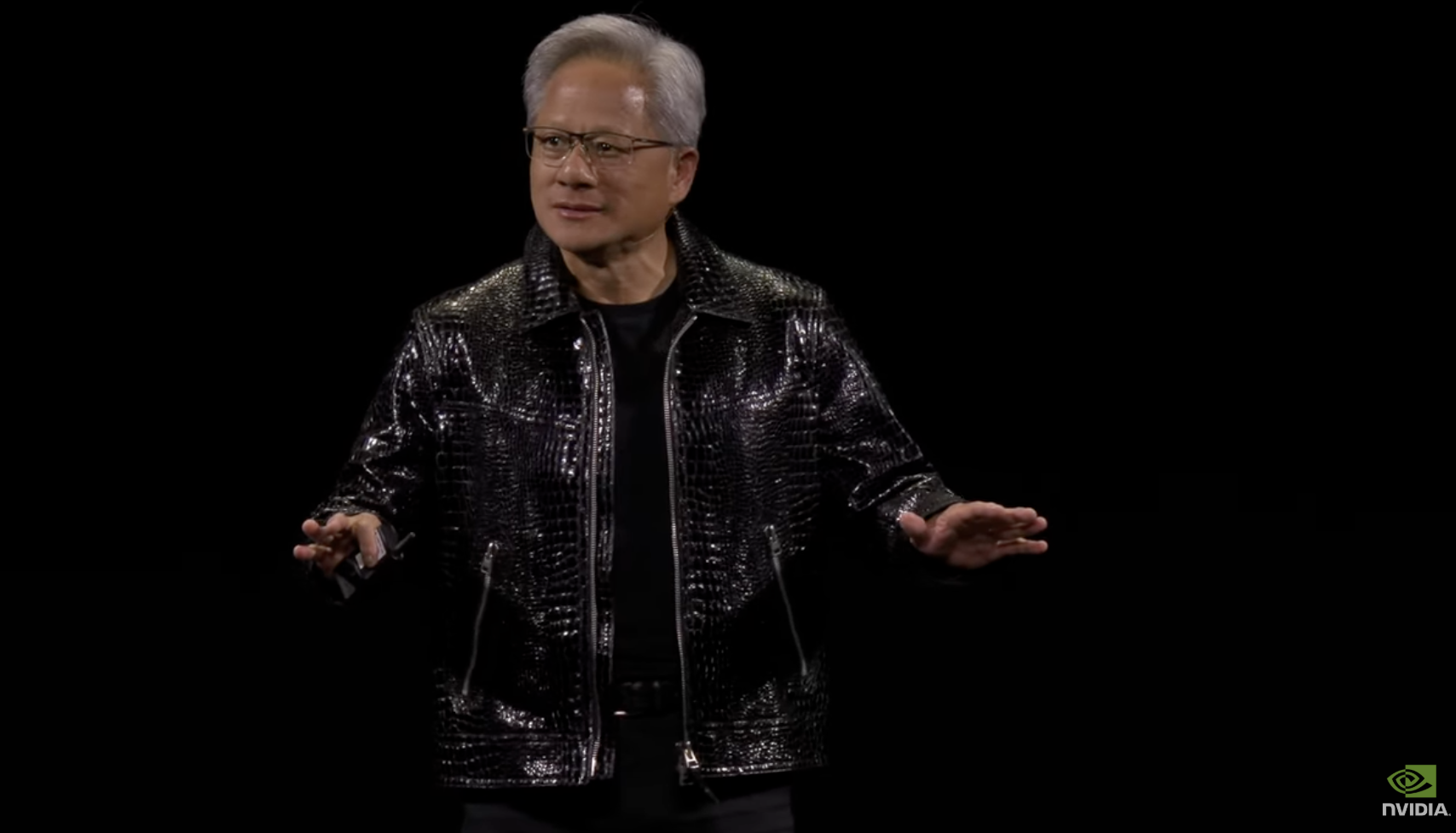Nvidia in the Spotlight of US-China Trade Dispute; Memory Feature Introduced to xAI’s Grok Chatbot

Understanding Nvidia’s Role in US-China Trade Relations
Nvidia and the Recent Trade Tensions
Nvidia, a leading computer chip manufacturer, finds itself at the forefront of escalating tensions between the United States and China. Recently, CEO Jensen Huang traveled to Beijing to engage in talks with high-ranking Chinese officials, shortly after the U.S. government implemented stricter export controls on specific Nvidia chips. These measures require Nvidia to obtain licenses for exporting its H20 AI chips to China. The U.S. Commerce Department has justified this move as a necessary step to protect national and economic security. Nvidia has indicated that this licensing requirement will be in effect indefinitely.
The Implications of Export Controls
The new export rules signify a broader strategy by the U.S. to maintain its technological edge and security against perceived threats from China. This has raised concerns about supply chain disruptions and access to advanced technologies that are vital for AI development, which could impact not just Nvidia but also various other tech companies reliant on these chips for their products.
Other Developments in the Tech Industry
Growth of AI and Competing Technologies
In another corner of the tech world, Elon Musk’s AI initiative, xAI, is gaining momentum with its Grok chatbot. This tool is being developed to compete with prominent systems such as ChatGPT and Google’s Gemini. Recently, xAI introduced a memory feature that allows Grok to remember details from previous conversations, enhancing personalization in its responses. This capability aligns with similar functions found in ChatGPT and Gemini, signifying a competitive battle among AI developers to offer the most advanced and user-friendly features.
OpenAI’s New Social Network
Additionally, OpenAI is reportedly in the early stages of developing its own social network, which may operate as a separate app or as a feature integrated within its successful ChatGPT platform. The aim appears to be creating a community space for users to share and interact with generated content, potentially transforming how people engage with AI tools.
Innovations in the Automotive Industry
Hybrid Powertrains by Horse
Innovative developments are also taking place in the automotive sector. The joint venture Horse, formed by Geely and the Renault Group, has announced a new hybrid powertrain designed for retrofitting into electric vehicles (EVs). This compact powertrain integrates an internal combustion engine with an electric motor and all necessary electronics. This design allows car manufacturers to upgrade existing EVs without extensively modifying their production processes. The new powertrain can utilize various fuel types, such as petrol, ethanol, methanol, and synthetic fuels, offering great flexibility for manufacturers looking to adapt to changing regulatory requirements or customer preferences.
Addressing Child Influencers in Social Media
Legal Concerns and Safeguards
Meanwhile, in the realm of social media, a senior politician in the UK has highlighted the need for stronger regulations to protect child influencers. Chi Onwurah, who chairs the science, technology, and innovation committee, has raised concerns about potential exploitation due to gaps in the existing Online Safety Act, which was passed in late 2023. Unlike child actors and models, the legal framework for children earning from social media promotion activities is not clearly defined. This raises significant ethical questions about safety and wellbeing, particularly as children are exposed to adult-oriented advertising on platforms.
Security Enhancements for Android Devices
Google Play Services Update
Lastly, an update in Google Play Services is set to introduce a new security feature that will auto-restart Android phones after being locked for a consecutive three days. Although it’s not yet active, this optional feature aims to enhance the device security of users. Once rolled out, users will be required to enable it manually through their phone’s settings.
These developments across various sectors highlight a period of significant technological change and regulatory scrutiny, reflecting ongoing challenges and innovations in the global marketplace.





